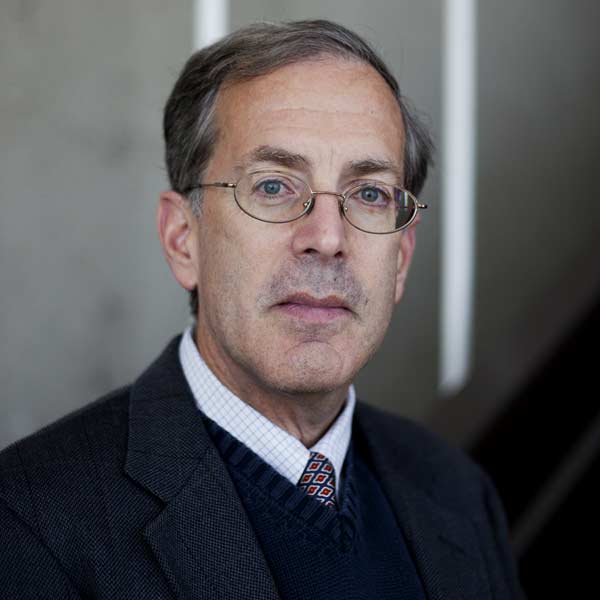Professor Mark J. Kushner named the George I. Haddad Professor of Engineering

 Enlarge
Enlarge
Prof. Mark J. Kushner has been named the George I. Haddad Collegiate Professor of Electrical Engineering and Computer Science. This professorship is given in recognition of Prof. Kushner�s sustained excellence in research, teaching, and service throughout his career. Prof. Kushner will deliver a public lecture Thursday, April 9, 2009.
An international leader in his field, Professor Kushner is the inaugural Director of the Michigan Institute for Plasma Science and Engineering (MIPSE). His research in low temperature plasma science and engineering addresses fundamental transport and reaction chemistry of partially ionized gases and their application to technology. He is also head of the Computational Plasma Science and Engineering Group (CPSEG), which develops computer simulations of low temperature plasmas and technologically important devices which use low temperature plasmas. Some of the recent areas of emphasis are lasers, microelectronics fabrication, multi-phase plasmas, polymer treatments and biocompatible materials.
Prof. Kushner received a B.A. in astronomy and a B.S. in nuclear engineering from UCLA, and M.S. and Ph.D. degrees in applied physics from the California Institute of Technology. He served on the technical staffs of Sandia National Laboratory and Lawrence Livermore National Laboratory before joining Spectra Technology, where he was director of electron, atomic and molecular physics. In 1986, Kushner moved to the University of Illinois at Urbana-Champaign where he was the Founder Professor of Engineering in the Department of Electrical and Computer Engineering. His administrative roles included Assistant Dean of Academic Programs and Associate Dean for Administrative Affairs in the College of Engineering, Interim Head of the Department of Electrical and Computer Engineering, and Interim Head of the Department of Chemical and Biomolecular Engineering. Most recently he was Dean of Engineering and the Melsa Professor of Engineering at Iowa State University.
He has published more than 230 journal articles, made more than 350 contributed presentations and delivered more than 200 invited conference talks and seminars on topics related to plasma materials processing, lasers, lighting sources and pulse power plasmas. He is Editor-in-Chief of Plasma Sources Science and Technology. Kushner has received numerous honors and awards, including the Semiconductor Research Corporation Technical Excellence Award, the Tegal Thinker Award for Plasma Etch Technology, the AVS Plasma Science and Technology Award, the IEEE Plasma Science and Applications Award, and the Semiconductor Industry Association University Researcher Award.. He is a Fellow of the American Physical Society, IEEE, the Optical Society of America, the American Vacuum Society, International Union of Pure and Applied Chemistry, and the Institute of Physics.
George I. Haddad
This named professorship is in honor of George I. Haddad (BSE MSE PhD, Electrical Engineering, ’56, ’58, ’63), the Robert J. Hiller Professor Emeritus of Electrical Engineering and Computer Science.
Prof. Haddad holds a unique position among the EECS faculty. He came to the University as an undergraduate student in 1952, graduated with his PhD, was hired as an Assistant Professor, and served as Department Chair for 19 years. He also served as Director of the Solid-State Electronics Laboratory, was Director of the Center for High-Frequency Microelectronics, and PI for the ARO-MURI Program on Low Power/Low Noise Electronics.
Professor Haddad was instrumental in establishing the Department of Electrical Engineering and Computer Science in 1984 from the existing departments of Electrical and Computer Engineering, for which he served as Chair, the Department of Computer and Communication Sciences, and the graduate program in Computer Information and Control Engineering.
He has graduated 58 PhD students, many of whom have continued his legacy of education and research excellence combined with an abiding concern for others. His early research spanned masers, parametric amplifiers, detectors, and electron-beam devices, and later turned to microwave and millimeter-wave solid-state devices and monolithic integrated circuits, microwave-optical interactions and optoelectronic devices, and integrated circuits. Though recently retired, he remains active in Departmental and College affairs.

 MENU
MENU 
